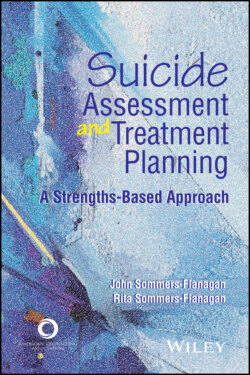Читать книгу Suicide Assessment and Treatment Planning - John Sommers-Flanagan - Страница 19
Wellness Practice 1.1 Three Good Things (or Three Blessings)
ОглавлениеPositive psychology researchers have identified at least a dozen evidence-based activities that increase happiness and well-being. Martin Seligman (2002) developed one of the first and most well-known happiness activities; he called it Three Good Things. Three Good Things can work for you or for your clients.
The Three Good Things assignment is implemented each night, before going to bed, and goes like this: “Write down three good things that happened and why you think they happened” (Seligman et al., 2006, p. 776). (You can find a 1-minute video of Seligman describing the activity at https://www.youtube.com/watch?v=ZOGAp9dw8Ac.)
According to Seligman, after doing this for a week, most people continue doing the Three Good Things activity because it feels so good. Intentionally focusing on good things helps orient people toward the positive, but perhaps even more important, asking individuals to reflect on why the good things happen seems to remedy the human tendency to ruminate on daily mistakes. Contemplating why good things happen initiates a process of ruminating on the positive.
Clients who are deeply depressed may reject the idea that anything good could be happening. If so, we recommend you consider shifting the language to something your client views as more possible. For example, instead of monitoring for three good things, clients can be asked to monitor for three “not so bad” things. However you frame it, we recommend that you experiment with this positive psychology activity for yourself and for your clients.
